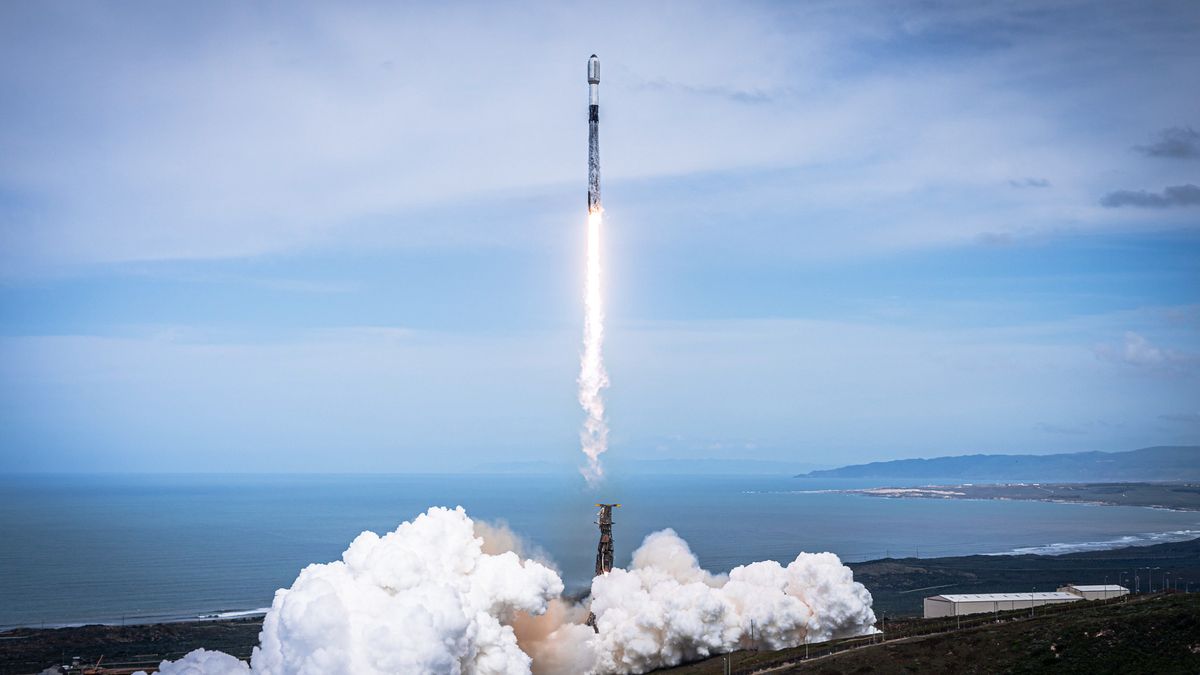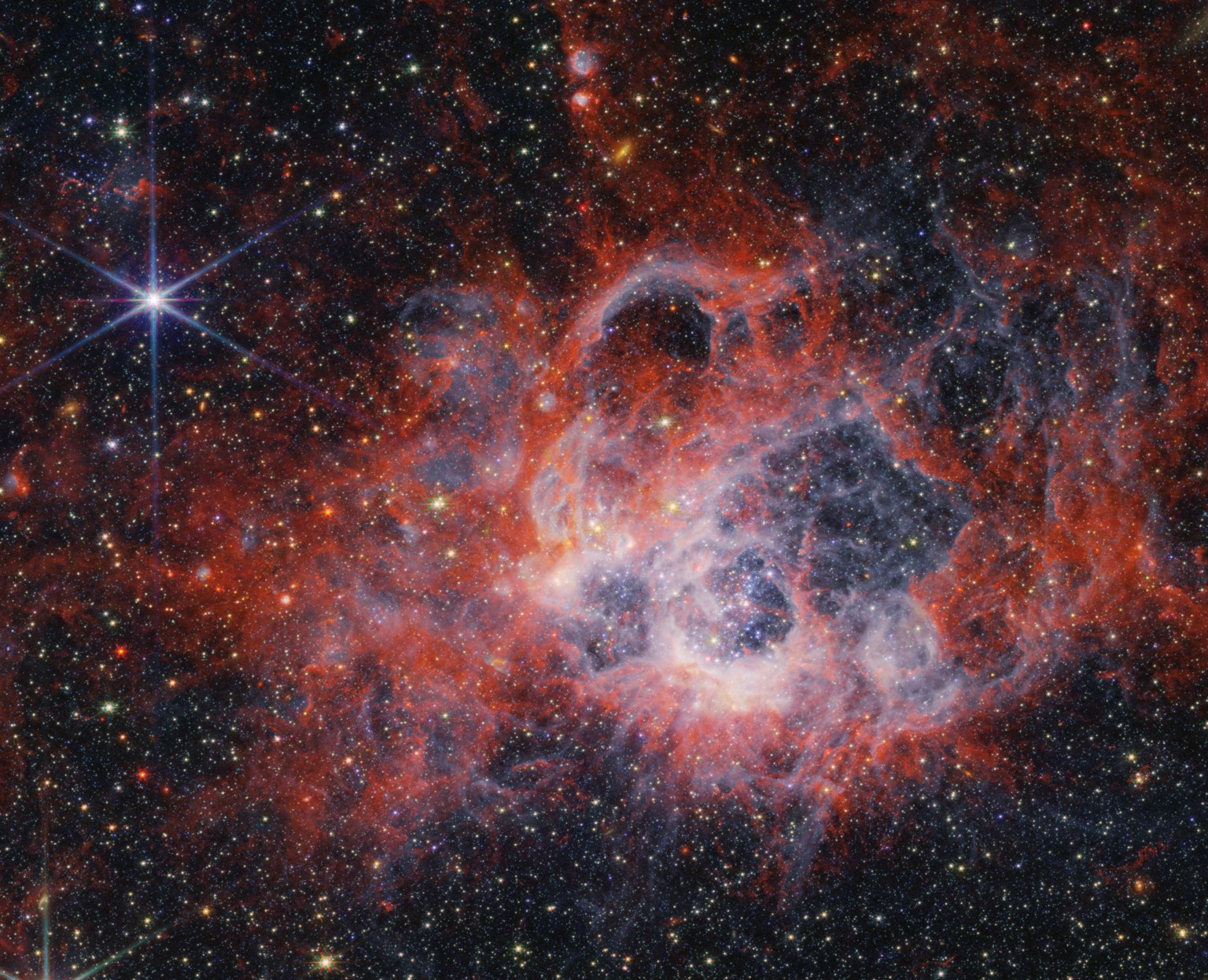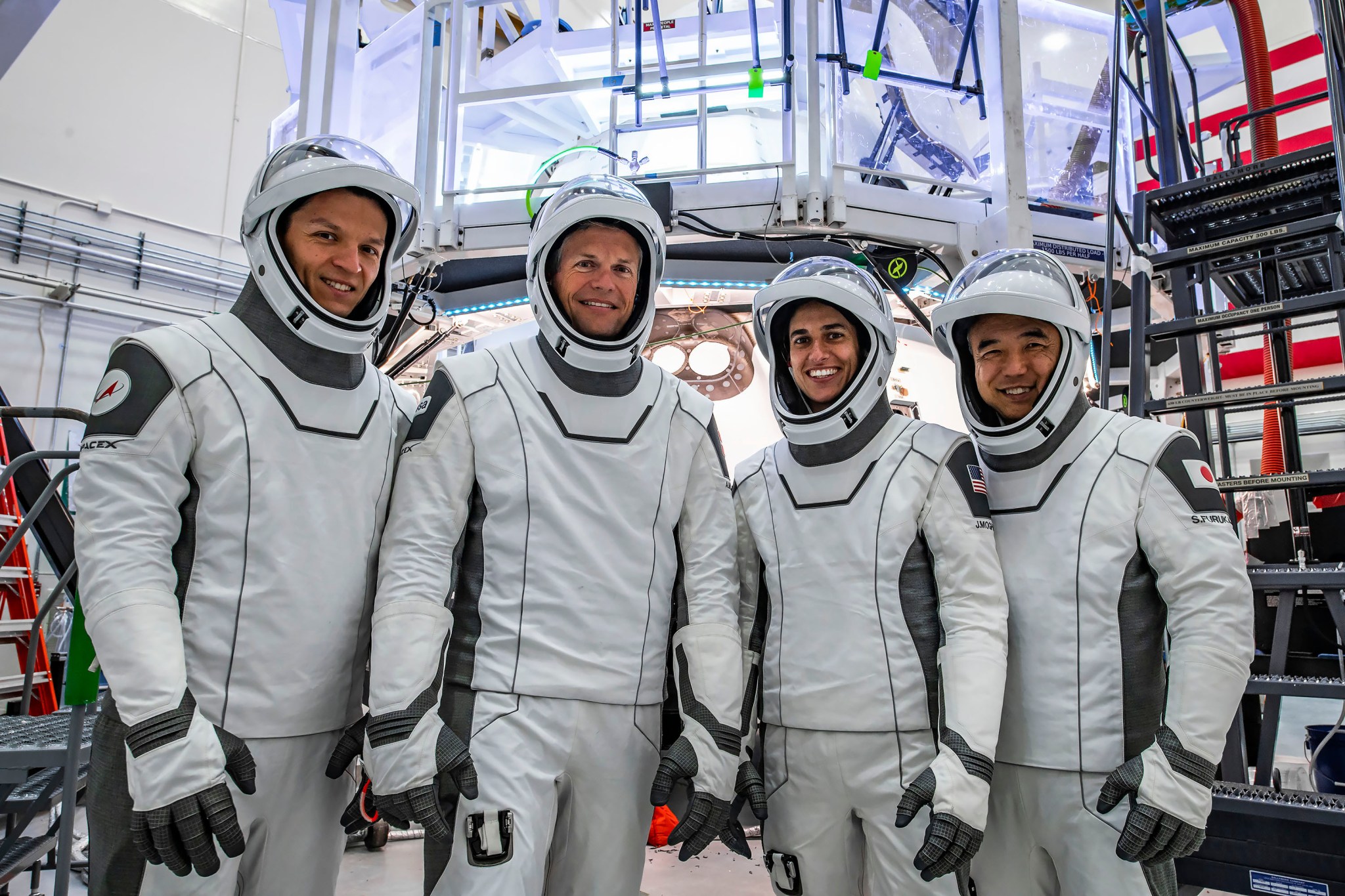The Moon is seen passing in front of the Sun at the point of the maximum of the partial solar eclipse near Banner, Wyoming on Monday, Aug. 21, 2017. A total solar eclipse swept across a narrow portion of the contiguous United States from Lincoln Beach, Oregon to Charleston, South Carolina. A partial solar eclipse was visible across the entire North American continent along with parts of South America, Africa, and Europe. Photo Credit: (NASA/Joel Kowsky)
Read MoreMonth: March 2024
President’s NASA FY 2025 Funding Supports US Space, Climate Leadership
NASA The Biden-Harris Administration Monday released the President’s Budget for Fiscal Year 2025, which includes funding to invest in America and the American people and will allow NASA to continue advancing our understanding of Earth and space while inspiring the world through discovery. “As history has proven, as the present has shown, and as the future will continue to demonstrate, an investment in NASA is an investment in America for the benefit of humanity,” said NASA Administrator Bill Nelson. “President Biden’s budget will fund our nation’s abilities and leadership for…
Read MoreSpaceX to launch 23 Starlink satellites from California tonight in 2nd leg of spaceflight doubleheader
SpaceX will launch 23 more of its Starlink internet satellites from California tonight (March 10), in the second leg of a planned spaceflight doubleheader. A Falcon 9 rocket carrying the Starlink spacecraft is scheduled to lift off from Vandenberg Space Force Base during a 3.5-hour window that opens tonight at 10:13 p.m. EDT (0213 GMT on March 11). It will be the second Starlink mission in a little over three hours, if all goes according to plan; the company earlier launched 23 of the broadband craft from Florida’s Space Coast…
Read MoreSpaceX launches 23 Starlink satellites from Florida
SpaceX launched 23 of its Starlink internet satellites from Florida on Sunday (March 10). A Falcon 9 rocket carrying the Starlink spacecraft lifted off from Cape Canaveral Space Force Station at 7:05 p.m. EDT (2305 GMT). Related: Starlink satellite train: How to see and track it in the night sky The first stage of a SpaceX Falcon 9 rocket lands on the droneship “Just Read the Instructions” stationed in the Atlantic Ocean on Sunday, March 10, 2024. (Image credit: SpaceX via X) The Falcon 9’s first stage came back to…
Read MoreBenro Rhino 24C Two Series travel tripod and VX25 head review
Unless you’re lucky enough to live near a dark sky site, most astrophotography sessions involve traveling to those dark sky areas — this could be by car, airplane, train or hiking. Having a lightweight, reliable travel tripod is essential. If this sounds like something you’re missing, let us introduce you to the Benro Rhino travel tripod. Specifications Weight: 3.8 lbs / 1.74kgMaximum payload: 39.7 lbs / 18kgMaximum Height: 66.3-inches / 1.69mFolded length: 19.3-inches / 490mmLeg sections: 4Head: Ball-headAccessory mounts: 3Feet: Rubber or spiky It’s compact and lightweight, made of excellent…
Read MorePeering Into the Tendrils of NGC 604 with NASA’s Webb
4 Min Read Peering Into the Tendrils of NGC 604 with NASA’s Webb Star-forming region NGC 604. Credits: NASA, ESA, CSA, STScI The formation of stars and the chaotic environments they inhabit is one of the most well-studied, but also mystery-shrouded, areas of cosmic investigation. The intricacies of these processes are now being unveiled like never before by NASA’s James Webb Space Telescope. Two new images from Webb’s NIRCam (Near-Infrared Camera) and MIRI (Mid-Infrared Instrument) showcase star-forming region NGC 604, located in the Triangulum galaxy (M33), 2.73 million light-years away…
Read More10 things you probably didn’t know about the 2024 total solar eclipse
On April 8, 2024, North America will experience the world’s longest land-based total solar eclipse in over a decade. The path of totality will cross parts of four states in Mexico, 15 U.S. states, and five Canadian provinces, allowing around 40 million people to witness the celestial spectacle. You can watch the total solar eclipse live here on Space.com. And keep up with all the actions with our total solar eclipse 2024 live updates blog. But how much do you know about it? From exactly how long the moon’s central…
Read MoreThe next chapter of lunar exploration could forever change the moon — and our relationship to it (op-ed)
Aparna Venkatesan is an astronomer and dark-sky advocate in the Department of Physics and Astronomy at University of San Francisco. John Barentine is an astronomer, historian, author, science communicator, and founder of Dark Sky Consulting, LLC. For as long as there have been humans, the moon has been a calendar, ancestor, ritual, inspiration, and origin story for humanity. Its monthly and subtler generational cycles have been — and are still — painstakingly recorded and celebrated by cultures around the world since prehistoric times. These recurring sequences include the “major lunar…
Read MoreThis Week In Space podcast: Episode 101 — Nukes in Space
On Episode 101 of This Week In Space, Tariq and Space.com’s Brett Tingley discuss the recent reports and delve into the history of the militarization of space by Russia, China, and the United States. Russia is building a secret nuclear-powered space weapon, but what does that mean for the rest of us? Tariq and Brett delve into the history of nuclear weapons and reactors in space, as well as the existing international treaties governing weapons of mass destruction in orbit. They also cover the week’s top headlines, including SpaceX’s upcoming…
Read MoreNASA’s SpaceX Crew-7 Return to Earth to Air Live on NASA Platforms
NASA’s SpaceX Crew-7 poses for a photo before their mission to the International Space Station. From left to right: Mission Specialist Konstantin Borisov, Pilot Andreas Mogensen, Commander Jasmin Moghbeli, and Mission Specialist Satoshi Furukawa. Credits: SpaceX NASA will provide live coverage of the agency’s SpaceX Crew-7 return to Earth from the International Space Station, beginning with a change-of-command ceremony at 11:55 a.m. EDT on Sunday, March 10. NASA astronaut Jasmin Moghbeli, ESA (European Space Agency) astronaut Andreas Mogensen, JAXA (Japan Aerospace Exploration Agency) astronaut Satoshi Furukawa, and Roscosmos cosmonaut Konstantin…
Read More


